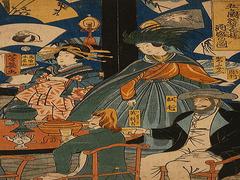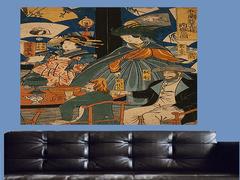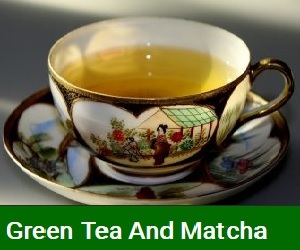Japanese woodblock printing, known as "ukiyo-e," stands as one of the most iconic and influential artistic traditions in history. This form of printmaking emerged in Japan during the Edo period (1603-1868) and blossomed into a rich and diverse art genre that captured the essence of the times, while also impacting global art and culture. This article delves into the evolution of Japanese woodblock printing, exploring its historical context, artistic techniques, key figures, and lasting legacy.
Origins and Historical Context
The roots of Japanese woodblock printing can be traced back to the early 17th century when the city of Edo (modern-day Tokyo) witnessed a rise in urban culture and a booming merchant class. This era, known as the Edo period, was characterized by stability, prosperity, and the emergence of a new urban lifestyle. Ukiyo-e, which translates to "pictures of the floating world," reflected the vibrant and transient aspects of this urban existence. Initially, these prints were monochromatic, used primarily for reproducing Buddhist texts and popular literature.
Techniques and Innovation
The true transformation of ukiyo-e began with the introduction of polychrome printing in the mid-18th century. This revolutionary technique involved carving multiple wooden blocks, each inked with a different color, which were then meticulously aligned to create vibrant and detailed images. Artists and printmakers developed a collaborative process involving designers, carvers, and printers, which allowed for the mass production of prints and facilitated the circulation of art to a broader audience.
Masters of Ukiyo-e
Several artists emerged as pioneers of ukiyo-e, each contributing unique styles and themes. Notable figures include Kitagawa Utamaro, renowned for his elegant portrayals of women; Katsushika Hokusai, famous for his iconic "Thirty-Six Views of Mount Fuji," including the world-famous "The Great Wave off Kanagawa"; and Utagawa Hiroshige, who excelled in landscape prints that captured the changing seasons and atmospheric effects.
Themes and Subjects
Ukiyo-e prints covered a wide range of subjects, from landscapes and historical scenes to kabuki actors, courtesans, and folk tales. These prints not only captured the allure of the urban lifestyle but also served as vehicles for storytelling, social commentary, and even political satire. The intricate details and storytelling elements within ukiyo-e added layers of depth to what might have initially appeared as simple prints.
Global Impact
The 19th century saw a growing fascination with Japanese art and culture in the West, a phenomenon known as "Japonisme." Ukiyo-e prints, with their bold compositions, vivid colors, and unique perspectives, deeply influenced Western artists like Vincent van Gogh, Claude Monet, and Edgar Degas. These artists incorporated elements of ukiyo-e into their own works, leading to a cross-cultural exchange that enriched both traditions.
Legacy and Revival
While the decline of the Edo period and the advent of photography led to a decline in the popularity of ukiyo-e, its legacy endured. In the modern era, there has been a revival of interest in traditional printmaking techniques, with contemporary artists experimenting with ukiyo-e methods to create new forms of expression. Museums around the world house extensive collections of ukiyo-e prints, allowing audiences to appreciate the historical and cultural significance of this art form.
Conclusion
The evolution of Japanese woodblock printing, from its modest origins to its global influence, is a testament to the power of art to capture the spirit of an era and transcend cultural boundaries. Ukiyo-e not only provided a visual record of Edo period Japan but also left an indelible mark on the trajectory of artistic expression. As we continue to admire the intricate beauty of ukiyo-e prints, we honor a tradition that transformed wood, ink, and paper into windows into the floating world of the past.
- Beyond Ukiyo-e: The Diverse Landscape of Japanese Woodblock Art
- Evolution of Japanese Woodblock Printing: Tracing the Roots of an Artistic Tradition
- From Edo to the World: How Japanese Woodblock Prints Shaped Western Art and Culture
- Japanese Woodblock History
- Masters of the Blade and Block: The Collaborative Artistry of Samurai and Woodblock Printmakers
- Resilience and Reinvention: Japanese Woodblock Printing in the Face of Modernization
- Techniques and Traditions: Unraveling the Intricacies of Japanese Woodblock Printmaking
- The Influence of Nature in Japanese Woodblock Prints: Depicting Seasons and Symbolism
- The Societal Mirror: Reflecting Daily Life in Edo Period Woodblock Prints
- The Woodblock Artisans of Edo: Masters of Craftsmanship and Creativity
- Ukiyo-e Renaissance: Exploring the Golden Age of Japanese Woodblock Prints




